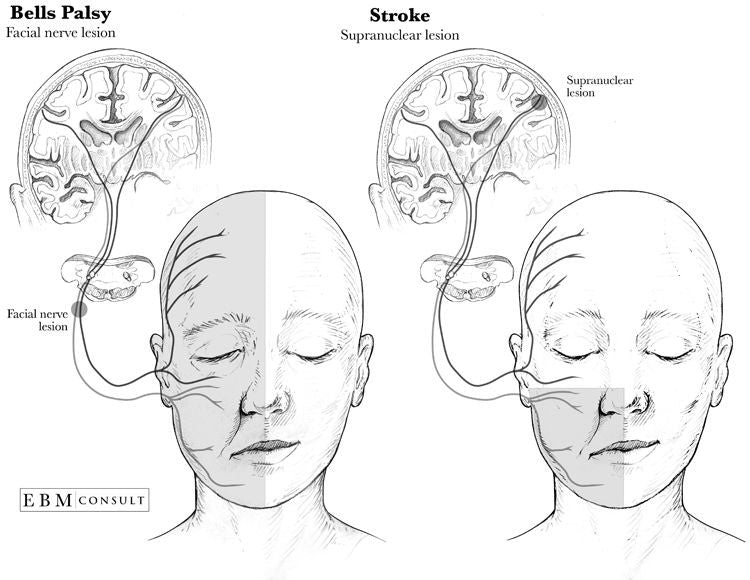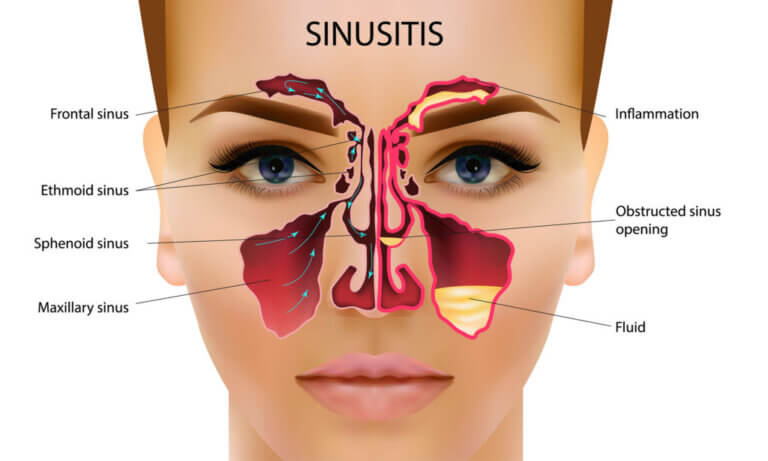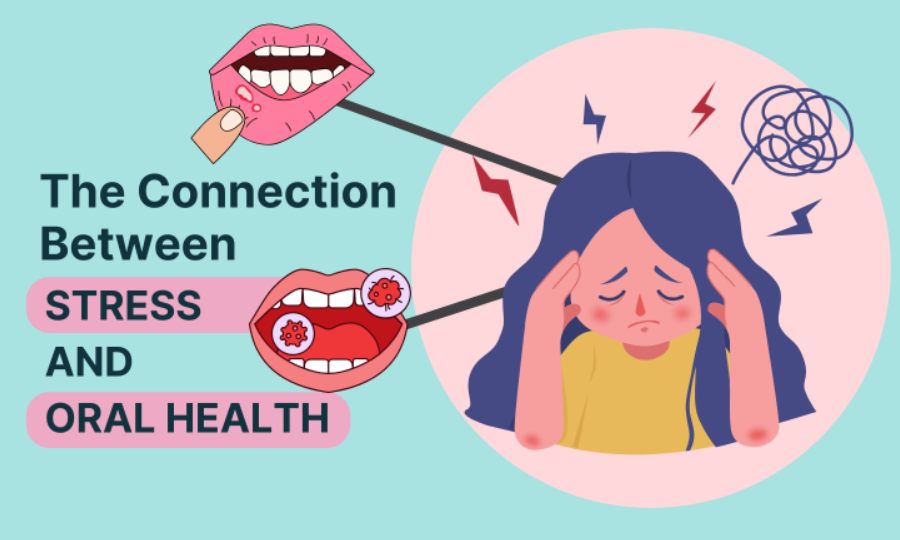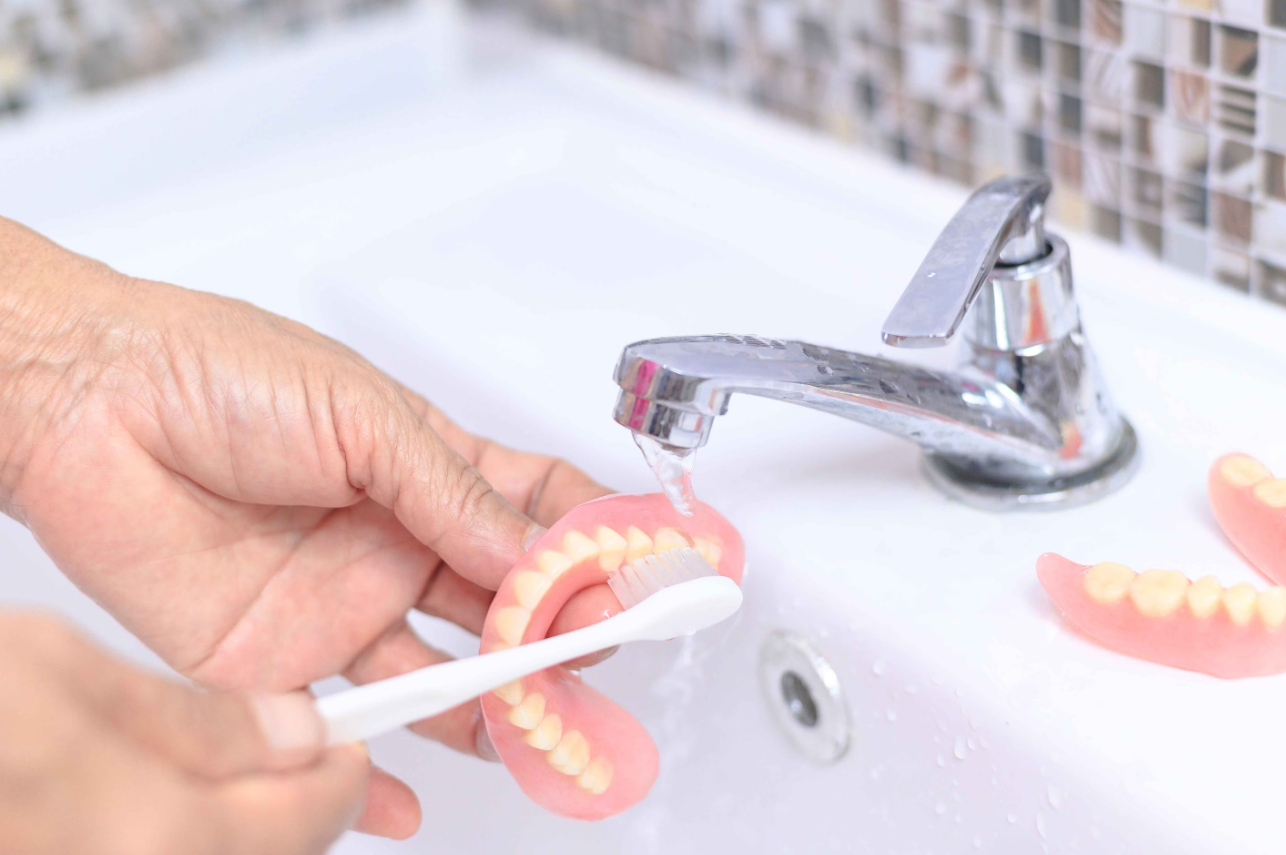How To Differentiate The Two Despite Similarities:
Almost two similar medical conditions initiating in the brain are bell’s palsy vs stroke, both of which are unduly identifiable and differentiable. Bell\’s palsy vs stroke being a brain disease that affects the brain but damage to a single nerve may cause bell\’s palsy while discrepancy of oxygen and blood may cause a stroke.

Bell’s Palsy Vs Stroke In A Glimpse:
The brain is the origin for either bell\’s palsy initiation or stroke but stroke is considered a medical emergency with immediate professional help needed. While bell\’s palsy makes a part of the face droop as by muscle weakness or paralysis and can be alarming. Trouble to close an eye or a drooping eyelid, trouble smiling, or face drooping are the prominent symptoms indicating bell\’s palsy. Depreciation of oxygen or blood reaching the brain may occur due to a clot or a rupture of a blood vessel reaching the brain.
Symptoms Of Bell’s Palsy Vs Stroke:
The first forty-eight hours are considered crucial for bell\’s palsy vs each second for the stroke. Immediately visible symptoms for bell\’s palsy are headache, drooling, tearing, hyperacusis, troubled eye closure for one eye or both, trouble smiling, and all facial symptoms. Stroke vs bell\’s palsy makes the stroke more vibrant and exhausting since brain damage may occur with a delay in each second. Deficiency of oxygen, nutrients, and blood causes sudden weakness or numbness in the arms, face, affecting one side of the body. It may cause difficulties to speak, comprehend or understand speech. Dizziness and troubles coordination affecting walking and balance abilities may become the prominent symptoms of a stroke.
Causes Of Bell’s Palsy Vs Stroke:
A pinched nerve vs bell’s palsy may represent an immediate cause of bell’s palsy to occur, for example, damage or pinching to the seventh cranial nerve may cause bell\’s palsy. The seventh cranial nerve controls facial muscles and it may give symptoms of bell\’s palsy. Common viral infections promoting the damage of the seventh cranial nerve are shingles, chickenpox, genital herpes, cold sores, mumps, Epstein-Barr virus, adenovirus, influenza-B, cytomegalovirus, German measles, Lyme disease, etc.
Stroke vs bell\’s palsy may be caused by the blockage or rupturing of blood vessels leading to or inside the brain which may be triggered by several reasons as heart diseases, hypertension, diabetes, high cholesterol, sickle cell disease, or transient ischemic attack.
Diagnosis Of Stroke Vs Bell’s Palsy:
The detailed facial examination may indicate the initial diagnosis of bell\’s palsy as raising your eyebrows, frowning, smiling or closing your eyes, etc. A stroke may also cause facial paralysis occasionally so electromyography and magnetic resonance imaging scans may be used to differentiate the stroke vs bell\’s palsy and pinching nerve vs bell\’s palsy.
The tests used to diagnose stroke on the other hand include neurological and physical examinations as laboratory blood tests, cholesterol levels, complete blood count, electroencephalogram, evoked response test, computed tomography test, magnetic resonance imaging, etc.
When Are Ipsilateral Facial Muscles Affected Vs Contralateral Stroke Bell’s Palsy?
The right hemisphere and left hemispheres of higher brain centers are involved in the neural control of our facial muscles. The motor nerves fibers arise from the motor cortices\’ right and left hemisphere of the brain reaching pons (brain stem) carrying information to the facial muscles through additional fibers innervating the lower and upper face.
The upper face including eyes and forehead typically receives signals through innervation of motor nerve fibers arising from both hemispheres dividing into two halves by brainstem, half of the fibers crossing over to contribute for the contralateral facial nerves while the other half remain on the same side contributing to the ipsilateral facial nerve. Bell\’s palsy normally counts for the peripheral lesions affecting the brainstem and causing ipsilateral weakness of both upper and lower face. The facial nerves exiting the brainstem are affected resulting in asymmetrical wrinkling of the forehead, weakened smile, and loss of control over eye closure on the affected side of the face.
Stroke or ischemic stroke vs Bell\’s palsy may attack the lower face caused by the injury to the cortex that is the part of the central nervous system. The lower face may receive innervation from the contralateral hemisphere causing central facial weakness resulting in symptoms as a weak smile but the affected ones may easily close both eyes and may wrinkle their forehead symmetrically.
Contralateral innervation of the lower half of the face indicating stroke vs dual innervation of the upper half of the face makes it an easy differential diagnosis for Bell\’s palsy. Partial or full recovery in the case of Bell\’s palsy may occur in six months to one year. The patients of Bell’s palsy may be of any age ranging from fifteen to sixty but the median age of onset is mostly forty.
Bell’s Palsy Versus Stroke Assessment:
Time course of the affected area, involvement of upper and lower faces including eyes, forehead, etc, age of the patient, and few other associated symptoms as numbness may be assessed to differentiate bell’s palsy vs stroke.
- The onset of symptoms to the severity of Bell\’s palsy vs stroke: Acute facial weakness may occur from the attack of both the stroke and bell\’s palsy but the severity of stroke counts for within seconds to minutes while for bell\’s palsy within hours to few days.
- Bell’s palsy vs stroke Face (Mouth): Facial weakness may cause drooping obscuring the wrinkle between the corner of the patient\’s nose and mouth-the nasolabial fold since the face may be pulled down by gravity. Bell\’s palsy and stroke may equally cause the symptom to act centrally as well as peripherally along with flattened nasolabial fold.
- Bell’s palsy vs stroke Face (Eyes): Palpebral fissure may be assessed to determine to widen of one eye more than the other, a subtle sign of eye closure weakness indicating upper face weakness. Peripheral facial nerve palsy or Bell’s palsy may be indicated by asymmetry observed in eyelid closure too.
- Bell’s palsy vs stroke Face (Forehead): Bilateral cortical innervation of the frontalis muscle may cause symmetrical forehead lifting indicating central lesion therefore stroke. Whereas in Bell\’s palsy or peripheral lesion, there is an observed asymmetry in forehead wrinkles.
Central facial palsy known as stroke may indicate damage of the cerebral hemispheres but sometimes the pattern of facial weakness caused by stroke may similarize to that caused by Bell\’s palsy since the brainstem stroke may affect the facial nerve as it travels down the brainstem. So few further symptoms may be assessed to differentiate between stroke facial paralysis vs Bell’s palsy. These may include:
Associated Signs And Symptoms:
Bell\’s palsy causes peripheral facial weakness typically affecting only the facial nerve while stroke may affect multiple cranial nerves in addition to either motor or sensory tracts traveling to the spinal cord.
Key signs to look for bell\’s palsy vs stroke collateralization include the following:
- Bell’s palsy vs stroke numbness in limbs: By lifting the arms and legs, weakness or numbness either on the same side as in facial palsy or on the opposite sides due to the crossing of sensory and motor fibers in the brain stem may occur.
- Bell’s palsy vs stroke dysarthria: Cranial neuropathy may cause slurred speech secondary to brainstem ischemia so a few words as fifty-fifty and tip-top can be asked from the patient to assess speech criteria.
- Bell’s palsy vs stroke eyebrows and double vision: Assess patient\’s eye movements in all directions as for left, right, up, down to rule out any extraocular abnormalities and diplopia.
- Bell’s palsy vs stroke facial numbness: Alteredsensation in the setting of the drooping face during Bell\’s palsy may or may not affect the trigeminal nerve supplying sensation to the face.
- Bell’s palsy vs stroke dysphagia: Cranial neuropathy secondary to brainstem ischemia or stroke may cause dysphagia. Coughing while swallowing or otherwise difficult swallowing may be noticed.
- Bell’s palsy vs stroke incoordination: Off-balance while walking or finger-nose-finger testing may be performed to assess incoordination of extremities. Brainstem or cerebral damage may cause ataxia.
- Bell’s palsy vs stroke vertigo: Brainstem or cerebellar strokes may cause perceived movement in absence of actual movements, room spinning, or boat feeling.
Bell’s Palsy Vs Stroke Exam:
Any of the above features discovered in the patient during Bells palsy vs stroke exam, the cause may be a stroke most likely since it may involve more than one facial feature. A peripheral pattern of weakness with no other symptom indicates Bell’s palsy.
Spinal Tract Affected Bell’s Palsy Vs Stroke:
Impairment of a facial nerve causing hemiplegia on one side of the face with loss of muscle tone and droop appearance is the hallmark sign of Bell\’s palsy. Stroke on the other hand is a life-threatening situation causing intense symptoms within seconds that affects cognitive functions, language, pupil tone, vital signs, and ability to swallow.
The ultimate difference between Bells palsy vs stroke is the involvement of the extent of brain functions. Bell’s palsy affects the facial nerve only, nothing to do beyond that while stroke affects the brain area of facial nerve origin creating an emergency.
Bell’s Palsy Vs Stroke Forehead:
A major difference to be assessed by physicians and laymen to differentiate Bells palsy vs stroke is the forehead movement. The immobility of the forehead is the major diagnostic symptom of Bell\’s palsy. The patient suffering from a stroke on the other hand would be able to move the forehead easily despite facial paralysis.
Bell’s Palsy Treatment:
Once diagnosed with Bell\’s palsy, several treatment measures may be prescribed by the physician to counter the effects on the face muscles. These may include:
- Corticosteroids and Bell’s palsy: Prednisone and other corticosteroids help to regain faster facial movement and decrease nerve swelling. Initiating the treatment as early as forty-eight hours may help to recover soon.
- Acyclovir and Bell’s palsy: Acyclovir and other anti-viral medications may speed the recovery by working against herpes that may be a big cause of Bell’s palsy.
- Artificial tears and Bell’s palsy: Eye drops including artificial tears soothe the irritating and dry eyes since Bell\’s palsy may have a major effect on the eyes and their movement. An eye patch may be used to protect the eye from irritants and injuries.
- Surgery and Bell’s palsy: To ease the pressure on the nerve, decompression surgery may be performed in rare cases since it may have severe after-effects of permanent facial nerve damage or hearing loss so it is least recommended.
- Plastic surgery and Bell’s palsy: Facial asymmetry and eyelid obstructive closure or disclosure at all may be treated by using functional facial plastic surgery procedures for those who don’t recover with regular exercises.
Stroke Treatment:
Stroke vs Bell\’s palsy works within seconds and reaches its peak within minutes giving minimum time to treat or recover so immediate diagnosis must be followed by a fast treatment procedure to save the body and face from severe unrecoverable paralysis or damage. These immediate procedures may include:
- IV medication and stroke: Ischemic stroke may be treated with immediate injection of recombinant tissue plasminogen activator (tPA) through a vein in the arm. It may work by restoring blood flow to the vein dissolving clot in there that may have become the reason for stroke.
- Endovascular procedures and stroke: A catheter may be inserted through an artery in the groin in the endovascular procedure that may be threaded to the brain to deliver tPA to counter shock effects. A stent retriever may also be used with a catheter to remove the clot directly in case the clots are larger than the range of medications.
- Cardiac endarterectomy and Angioplasty: Removal of plaques through carotid arteries or inflated balloon expanding the narrow artery are the invasive procedures followed by physicians in case of severe symptoms of a stroke.
Conclusion Bells Palsy Vs Stroke:
Although quite similar in appearance and effects, Bells palsy vs stroke are two different diseases with differentiated parameters of effects and symptoms therefore require a complete diagnosis to initiate the treatment strategies. One must visit a physician to rule out the possibility of one or the other and may initiate an early treatment in case shock is there since the shock is a life-threatening situation.










